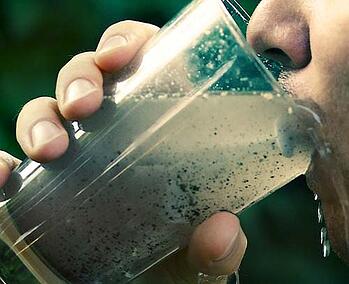First Nation Drinking Dangerous Water

The federal government is not able to give long-term drinking water to First Nations in 2022; at least 30 communities are drinking contaminated water.
Since 1977, the Canadian government has been promising to give water systems like we Canadians use to the Indigenous reserves. Unfortunately, they have passed their deadline, which was on March 31th 2021. Actually, in 2016, more than 100 First Nation communities across the country we’re supposed to get safe water but they didn’t. In 2022, 33 communities out of that 100 are still missing
This situation is causing frustration and mistrust toward Trudeau in Indigenous groups. Also, some believe it’s racism since the federal government has been pushing the problem away for a long time (almost 1 year).
Now, what does the water contains and why is it dangerous? you might ask. Actually, we can find E-coli in the water and a high concentration of uranium. The first symptoms observed when you have an infection (E-coli) are abdominal pain, diarrhea, fever, headaches and also vomiting. They usually appear one week after the infection and last between 5 to ten days.
Now for the uranium, in a low quantity, the body will get rid of it itself, but if there’s over 20 μg/L (20 micrograms/L), it can damage your kidneys over time. It could also cause cancer after even longer of being exposed because of the radioactive properties contained in this element.
If you want to know more, @slapppps, a TikTok user, started to make TikToks about this subject with the objective to raise awareness. For example, he shows the brown liquid coming out of the sink and the bath.






Raph • Mar 24, 2022 at 9:35 am
I don’t Think it’s about racism.
But il sure is dangerous.
«giving» them cancer
WOW!!!
I didn’t know that
Thanks for the info